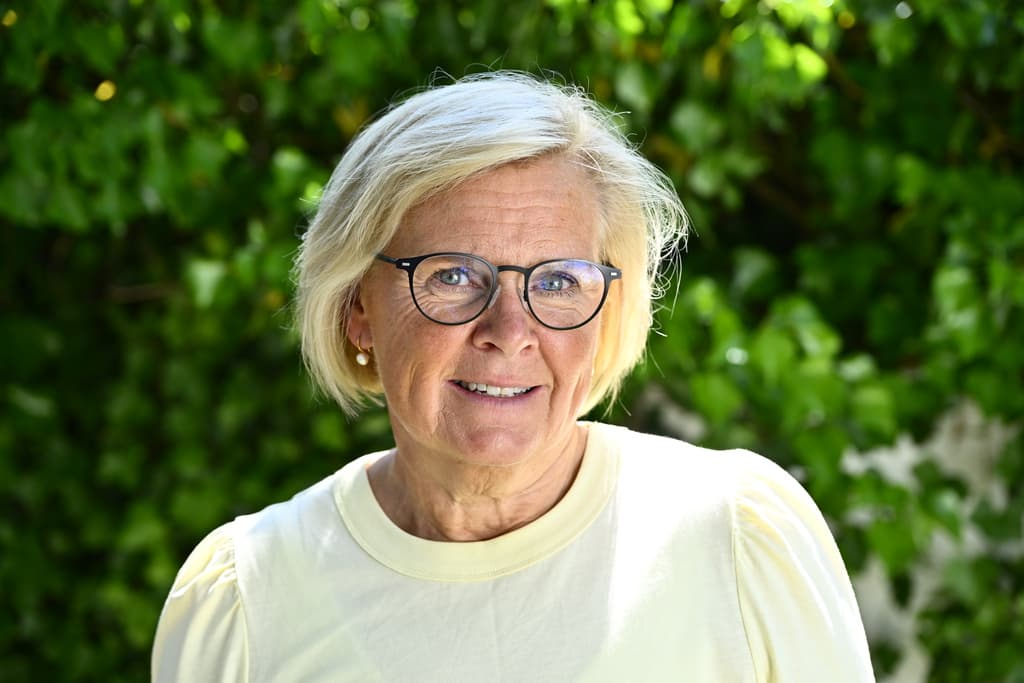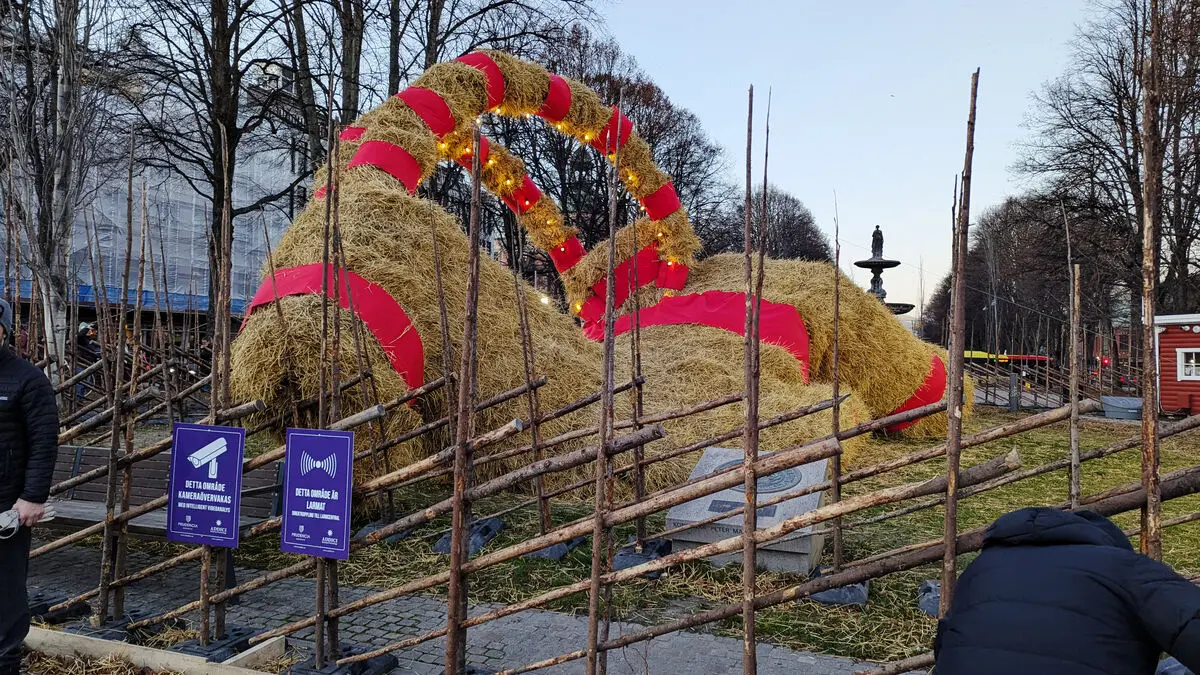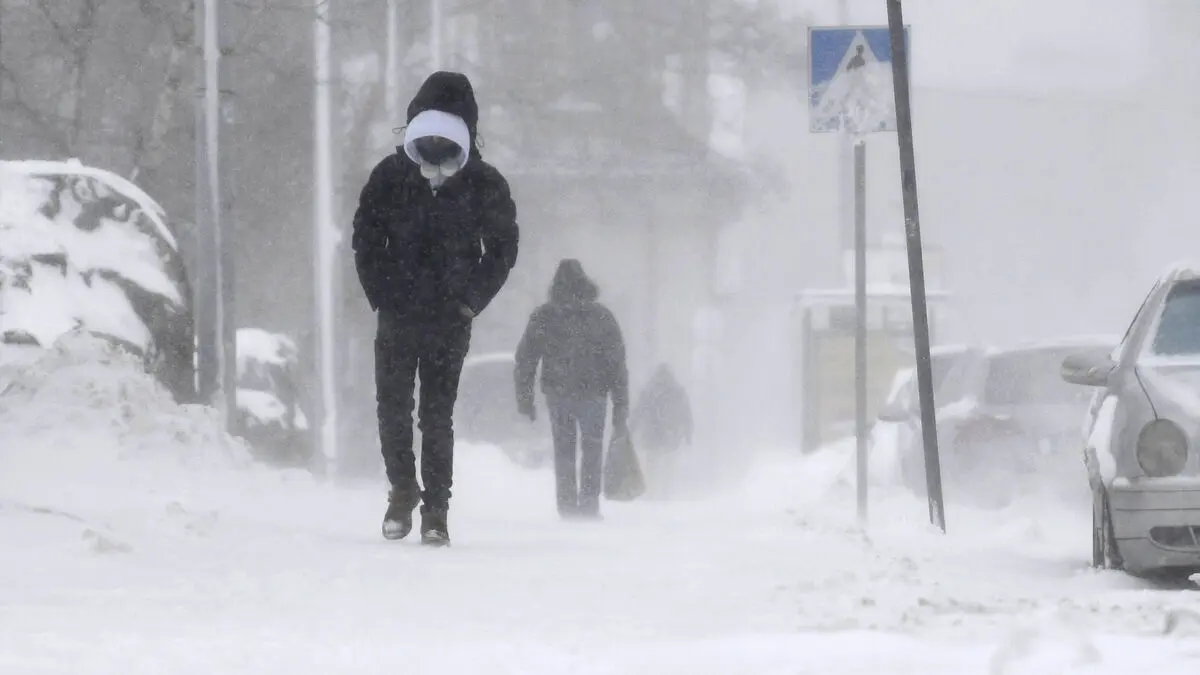The police have mapped out over 300 men who risk committing violence against women.
The men are located all over the country and will receive visits from the police.
They will experience that we are close by and we will try to deter them from going further, says National Police Commissioner Petra Lundh.
The police are shifting their focus when it comes to men's violence against women. From having worked primarily with the affected women and protecting them, they are now focusing more on the perpetrators and stopping the violence.
In an initial mapping, over 300 men across the country have been identified as "high-risk actors".
We are looking at several risk factors. It can be anything from having been previously convicted of violence against women to mental illness, having committed strangulation or possessing a weapon, says Petra Lundh.
If there is more than one risk factor, the person can be classified as a high-risk actor, and then a police visit awaits.
Outreach calls
We simply make outreach calls where we say that violence is not allowed, that we see you and need you to get help. That's exactly what we really want, for them to seek help for this.
How do the men receive this?
It's very different, some don't want to hear about it at all, but there are actually those who also seek help.
Will this reduce violence against women?
Hopefully, we have to try everything. Just the fact that we know who to focus on and that they are aware that we know is important.
Urging to sound the alarm
The police have only used their own registers when mapping the men. Therefore, there may be men who fly under the radar. Petra Lundh urges healthcare providers – regions, municipalities, and others – to sound the alarm about risk individuals.
There are some who seek psychiatric care and other things. If we don't get to know that these are risk individuals, if they express that they will harm someone else or so, then it's very difficult to intervene.
She emphasizes that there is a confidentiality-bypassing rule.
The police concluded in their latest annual report that they had not made any significant difference for women exposed to violence. This is an initial mapping, but the work continues, says Petra Lundh.
It's a living situation picture, and I think it will be able to include even more eventually.





